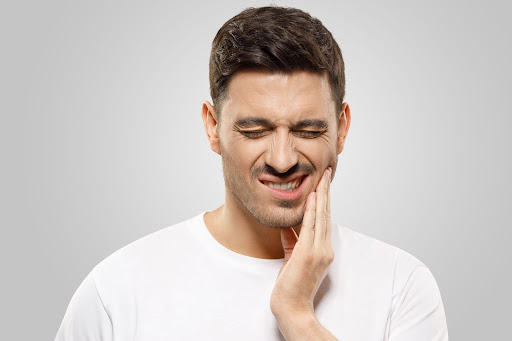If you're struggling with the discomfort of TMJ (Temporomandibular Joint) disorder, finding effective treatment is crucial for regaining a pain-free life. Fortunately, residents of Santa Clara, CA, have access to personalized TMJ therapy provided by Dr. Pooja Goel. This comprehensive guide will walk you through what TMJ is, its symptoms, causes, and the exceptional treatment options available at Dr. Goel's state-of-the-art clinic in Santa Clara.

TMJ, short for Temporomandibular Joint disorder, refers to a condition affecting the jaw joint and the muscles that control jaw movement. Located on either side of your head, these joints facilitate essential actions like chewing, talking, and yawning. When they don't function correctly, it can lead to a range of discomforting symptoms.
TMJ disorder can manifest in various ways, and the severity of symptoms may vary from person to person. Common indicators of TMJ disorder include:
Understanding the underlying causes of TMJ disorder is crucial for effective treatment. While the exact origins can vary, several factors may contribute:

Dr. Goel is committed to getting you the treatment you need, and she’ll take the time to create a personalized care plan. She may recommend:
The timeline for TMJ therapy can vary depending on the severity of the condition. In some cases, patients may experience relief within a few weeks, while others may require a more extended treatment plan. Your dentist will provide a personalized assessment during your consultation.
While TMJ therapy can provide significant relief and even resolve the condition for some individuals, it's best to maintain good oral health practices and manage stress levels to prevent future recurrence.
Yes, in most cases, you can continue daily activities. Your dentist will provide specific guidelines based on your treatment plan. It's essential to follow recommended exercises or precautions to ensure the best results.
Absolutely, there are several lifestyle changes that can enhance the effectiveness of TMJ therapy. Firstly, it's advisable to steer clear of hard and chewy foods, as they can exacerbate TMJ discomfort. Additionally, incorporating relaxation techniques into your daily routine, such as deep breathing exercises and gentle jaw stretches, can significantly reduce tension in the jaw muscles. Maintaining proper posture, both when sitting and standing can also play a crucial role in alleviating TMJ symptoms.
Don't let TMJ discomfort hold you back any longer. Take the first step towards a painless, joyful life by contacting our office at (408) 549-1602. Imagine the relief and freedom to eat, speak, and smile without hesitation. With Dr. Goel's TMJ therapy treatments in Santa Clara, CA, you're not just seeking treatment; you're reclaiming your happiness and well-being. Make that call now and let your journey to lasting comfort begin today!
© 2017 BAYAREA SLEEP SOLUTIONS & PAIN CENETER. ALL RIGHTS RESERVED